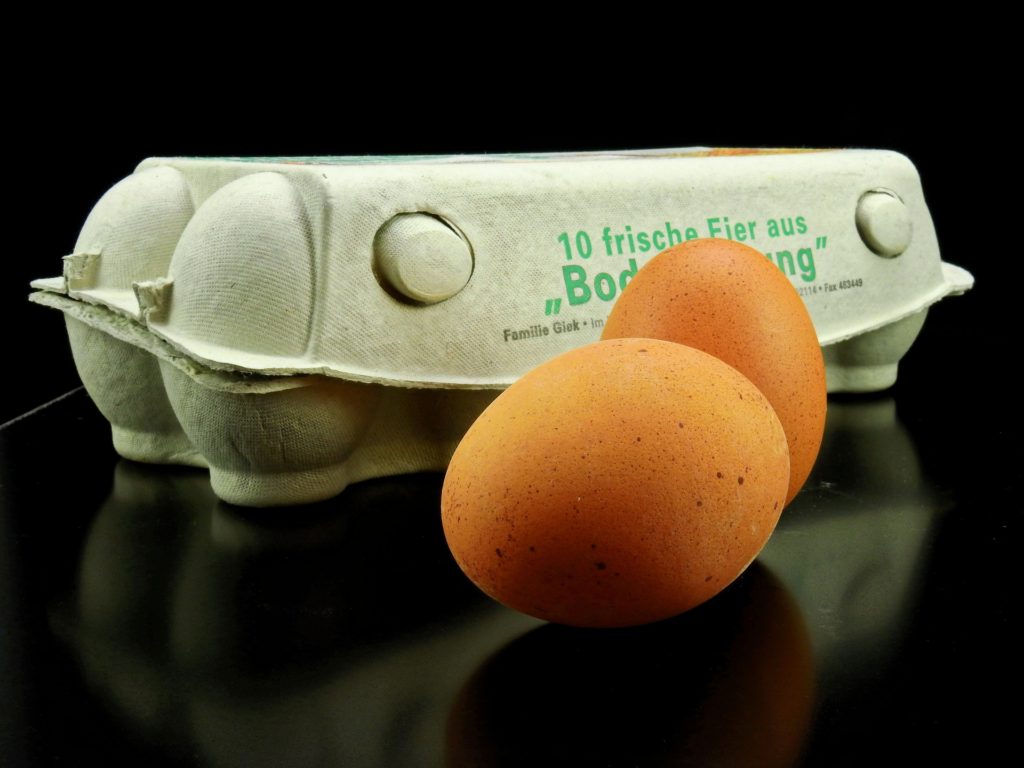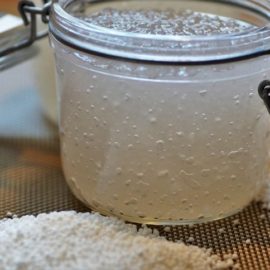
Pasteurization is a mild heat treatment of food wherein the time and temperature are controlled. For eggs specifically, they are heat treated rapidly at 140°F (60°C) for 5 minutes or at 190°F (88°C) for 1 minute. Pasteurized eggs come in two forms: liquid egg or pasteurized in the shell. In the United States, the United States Department of Agriculture’s (USDA) and Food Safety and Inspection Service (FSIS) require all egg products to be pasteurized.
You might also like: 5 Truths You Need To Know About Eggs
The main objective of pasteurization is to eliminate bacteria that may be present and reduce the risk of foodborne illness. But there is one disadvantage with pasteurized eggs, though—it can be a troublesome ingredient.
Let’s discuss both.
PASTEURIZATION MAKES EGGS SAFER TO CONSUME
According to the Food and Drug Administration, regular eggs are potential hazardous food if consumed. The main organism of concern in eggs is Salmonella, the bacteria that cause Salmonellosis infection. Salmonella live in the intestinal tract of many animals, and these include chickens. Hence, this harmful bacteria do not necessarily come from poor handling at the farm or in the grocery. But are transferred when the chicken lays the egg.
Freshly laid eggs are typically sterile, however, some have been shown to contain Salmonella enterica. The shell and the two shell membranes often protect eggs from bacteria, although the surface of shell eggs may have a high concentration of bacteria. These bacteria may penetrate the shell through the pores. Egg whites are susceptible to S. enterica infection, and when an egg ages, the yolk membrane breaks down, allowing the S. enterica to infect the egg yolk. This is important because some foods such as mayonnaise use raw egg yolks. And many individuals consume foods with ‘runny’ (i.e. uncooked) yolks.
You might also like: Is It Really Safe To Eat Raw Eggs?
But how dangerous Salmonella bacteria, anyway? Well, the Center for Disease Control and Prevention (CDC) estimates that Salmonella cause about 1.35 million infections annually in the United States alone. Around 80,000 cases of these are a result of consuming contaminated eggs. Individuals who fall ill from Salmonellosis may experience symptoms such as diarrhea, fever, and stomach cramps. However, there have been cases where the individual experienced severe symptoms that led to hospitalization.
Like most bacteria, Salmonella growth may be slowed down at low temperatures (like inside a freezer). But to destroy the harmful bacteria, elevated temperatures like those used for pasteurization are necessary. Cooking at >140°F (60°C) for 2 to 6 minutes destroys Salmonella.
PASTEURIZED EGGS CONTAIN DENATURED PROTEINS
Although pasteurized eggs are generally safe, especially for kids, they have a downside, unfortunately.
Eggs, as an ingredient has various functions. In baking alone, eggs can emulsify, bind, coat, thicken, and leaven. Egg white foam can be made by whipping egg whites. Because the foam is air-filled, it is useful for making foods such as soufflés, meringues, and angel food cake, foods that should be light and airy.
To produce egg white foam, the egg whites are beaten using a whisk or electric mixer until they become frothy. However, preparing egg white foam from pasteurized eggs might take a little more work. This is because pasteurization leads to protein denaturation and degradation of processing properties. Hence, the quality of the foam is affected.
You might also like: 5 Truths You Need To Know About Eggs
Eggs are a complete protein, which consist of all of the essential amino acids in a well-balanced proportion. Ovalbumin makes up more than half of the protein in egg whites, with smaller contributions from conalbumin, ovomucid, and globulins. Ovotransferrin, which has the lowest denaturation temperature at 135°F (57°C) of all the egg white proteins, is denatured during pasteurization. Ovomucin and lysozyme are also somewhat denatured. Lysozyme binds firmly to the acidic protein in the egg white since it is a very alkaline protein. It is the ovomucin–lysozyme network that undergoes denaturation during pasteurization.
As a result, whipping a foam takes relatively longer for pasteurized egg whites than for raw egg whites. Furthermore, the pasteurized foam is less stable. To improve the foaming after pasteurization, metal ions (such as copper, iron, and manganese) are added to stabilize the ovotransferrin. Doing so forms a heat-stable complex through binding with metal ions. Another way is to remove denatured ovomucin–lysozyme network that has been denatured.
References:
V. Vaclavik, E. Christian (2014). Essentials of Food Science (4th edition). Springer.
I. Shaw (2013). Food Safety: The Science of Keeping Food Safe. Blackwell Publishing.
J. Provost, K. Colabroy, B. Kelly, M. Wallert (2016). The Science of Cooking: Understanding the Biology and Chemistry Behind Food and Cooking. John Wiley & Sons, Inc.



Such a clickbait. Everyone expects a health danger or smth being the reason we “shouldnt use” it. We go through all the salmonella and hospitalization thing, just to discover that the REASON afterall is a just less stable foam